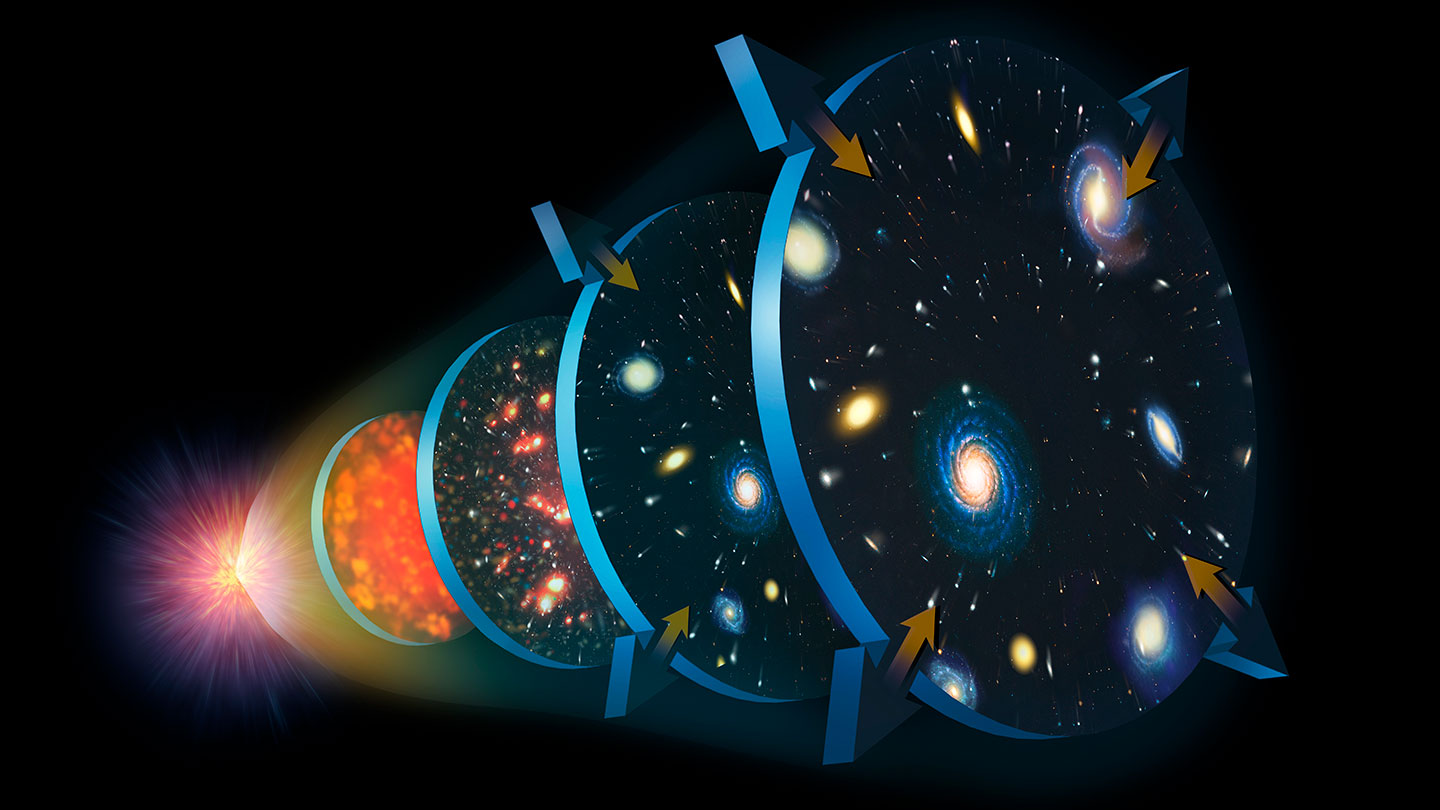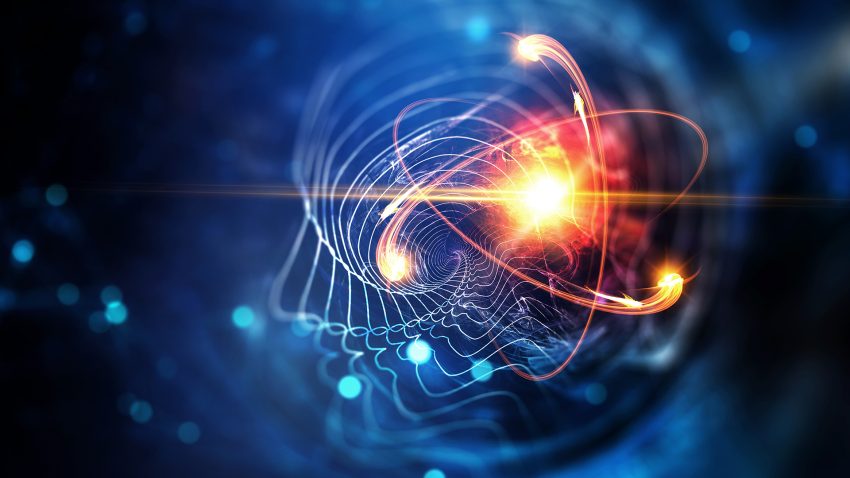Physics, the foundational discipline that strives to comprehend the nature of the cosmos, has produced astounding predictions that have influenced our knowledge of the world. Physicists have produced ground-breaking discoveries and developed ideas that have altered our experience of reality throughout history. Physics has given birth to some of the greatest forecasts in scientific history, from anticipating the presence of previously undiscovered particles to revealing the structure of space and time. In this article, we will look at a few of these astounding predictions and how they have influenced our knowledge of the cosmos.
The Wave-Particle Duality in Quantum Mechanics
 The wave-particle duality, a key idea of quantum mechanics, is one of the most significant predictions in physics. Physicists such as Max Planck and Albert Einstein transformed our understanding of light and matter in the early twentieth century by arguing that particles such as electrons and photons might display both wave-like and particle-like behavior. This prediction called into question conventional physics and set the groundwork for the creation of quantum mechanics. The wave-particle duality has subsequently been scientifically confirmed by countless discoveries and is critical to our knowledge of the microscopic world.
The wave-particle duality, a key idea of quantum mechanics, is one of the most significant predictions in physics. Physicists such as Max Planck and Albert Einstein transformed our understanding of light and matter in the early twentieth century by arguing that particles such as electrons and photons might display both wave-like and particle-like behavior. This prediction called into question conventional physics and set the groundwork for the creation of quantum mechanics. The wave-particle duality has subsequently been scientifically confirmed by countless discoveries and is critical to our knowledge of the microscopic world.
The Curvature of Spacetime in General Relativity
In 1915, Albert Einstein’s general theory of relativity made one of the most significant predictions in the history of physics: the curvature of spacetime in the presence of mass and energy. Massive objects, such as stars and planets, strain the fabric of spacetime, forcing adjacent things to move along curved pathways, according to general relativity. Observations during the 1919 solar eclipse validated this prediction, with the bending of starlight around the sun giving significant evidence for the idea. The prediction of the curvature of spacetime by general relativity transformed our knowledge of gravity and established the framework for our present view of the cosmos.
The Higgs Boson and the Standard Model of Particle Physics
The Standard Model of particle physics is an outstanding achievement that explains the fundamental particles and forces that control the cosmos. Physicists postulated the existence of a particle, now known as the Higgs boson, in the 1960s and 1970s that is responsible for giving other particles mass. The finding of the Higgs boson at the Large Hadron Collider (LHC) in Switzerland in 2012 confirmed this prediction and completed the Standard Model. The discovery of the Higgs boson verified decades of theoretical effort while also providing critical insights into the origins of mass in the cosmos.
The Big Bang Theory of Cosmology
 The Big Bang idea is a cornerstone of contemporary cosmology and one of science’s biggest predictions. The Big Bang hypothesis, proposed in the early twentieth century, claims that the universe began 13.8 billion years ago in an extremely dense and hot state. The measurement of cosmic microwave background radiation, weak radiation that pervades the whole universe and is thought to be the afterglow of the Big Bang, corroborated this hypothesis. The Big Bang idea transformed our knowledge of the universe’s genesis and development, giving a foundation for studying the universe on the grandest sizes.
The Big Bang idea is a cornerstone of contemporary cosmology and one of science’s biggest predictions. The Big Bang hypothesis, proposed in the early twentieth century, claims that the universe began 13.8 billion years ago in an extremely dense and hot state. The measurement of cosmic microwave background radiation, weak radiation that pervades the whole universe and is thought to be the afterglow of the Big Bang, corroborated this hypothesis. The Big Bang idea transformed our knowledge of the universe’s genesis and development, giving a foundation for studying the universe on the grandest sizes.
The Electron’s Anomalous Magnetic Moment in Quantum Electrodynamics
Quantum electrodynamics (QED) is a quantum field theory that describes how light interacts with matter. Physicists created QED in the mid-20th century to describe the behavior of electrons and photons. QED correctly anticipated the electron’s anomalous magnetic moment, which is a measure of the intensity and direction of its magnetic field. This prediction was eventually confirmed experimentally with remarkable precision, establishing the validity of QED and demonstrating the strength of quantum field theories. The effectiveness of QED in predicting the anomalous magnetic moment of the electron shows current theoretical physics’ amazing precision.

